
We collect basic website visitor information on this website and store it in cookies. We also utilize Google Analytics to track page view information to assist us in improving our website.

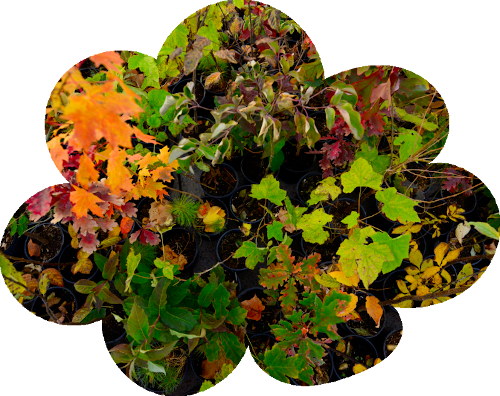
Mini Forests, also known as Tiny Forests or Miyawaki Forests, are small-scale, densely planted, native urban forests consisting of trees and shrubs. The method emphasizes the use of dense plantings, diverse locally-adapted climax forest species, soil preparation, and multilayered design to mimic the complexity of a native forest.
Mini Forests provide a variety of ecosystem services that offer both environmental and social benefits. Here are just a few:
Mitigate the urban heat island effect by moderating temperature fluctuations
Provide much-needed green spaces for people to enjoy, offering mental health benefits and opportunities for participatory action
Sequester carbon and reduce air pollution
Increase biodiversity by providing necessary habitat for wildlife
Improve watershed health by reducing runoff and overland flooding
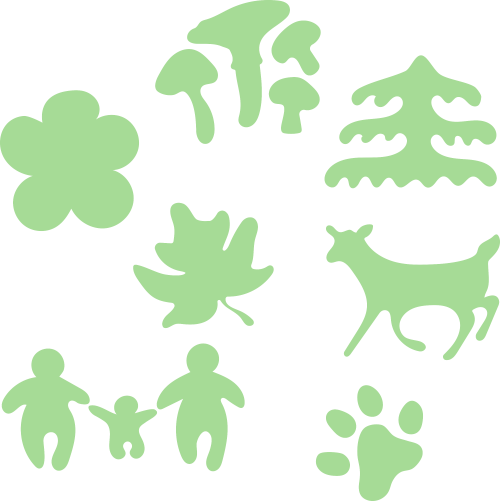
Through the Network of Nature, we are working with communities to successfully plant, maintain, and monitor Mini Forests from coast-to-coast-to-coast.
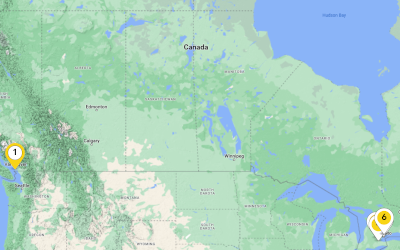
Six new Canadian mini forests were planted in 2023 - and the work is just beginning
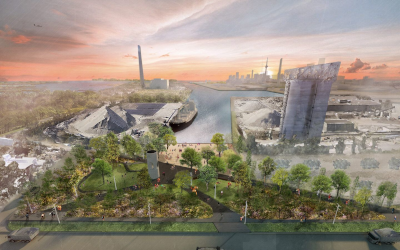
Toronto’s newest park is turning an industrial landscape into a recreational hub
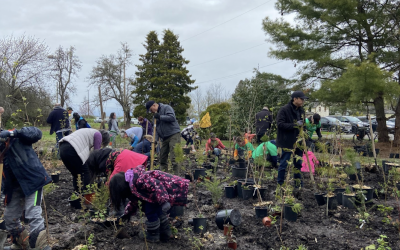
Community members and local organizations gathered to plant a Miyawaki forest
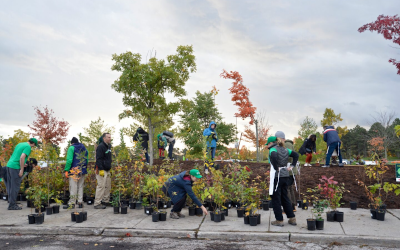
Planting native species to establish a cross-country network of healthy habitats
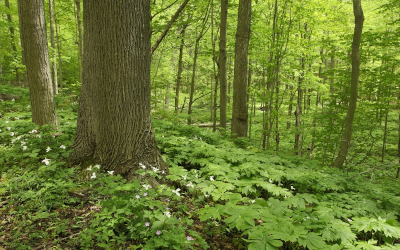
Compact forests are beginning to replace backyard lawns on tiny plots around Canada